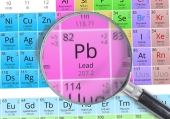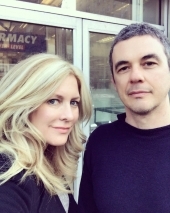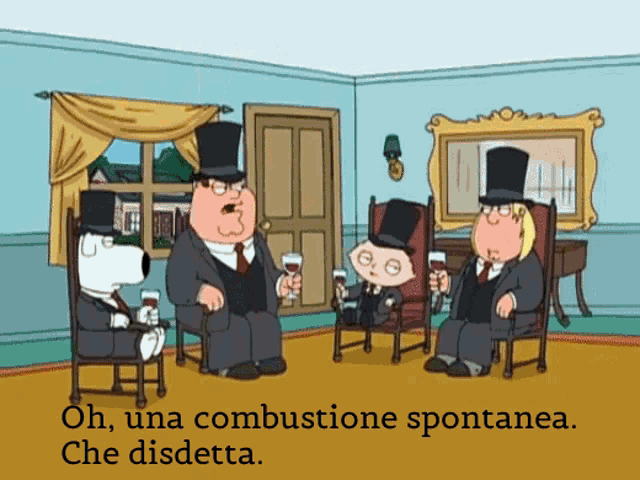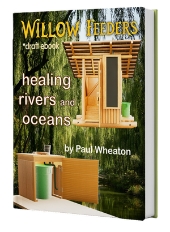
 1
1




r ranson wrote:It seems that solvents are used a lot for underpainting to make it behave like watercolours.
Is there any reason I couldn't use watercolours?
Or if it needs to go darker, perhaps an ink wash?
 2
2











 2
2




Finely ground calcite in bodied linseed oil. Use to extend paint without altering its consistency. Softer than Impasto Medium, makes colors slightly transparent allowing greater control over tints without whites.
Velázquez Medium is an oil painting medium of finely ground calcite in bodied linseed oil. Use it to extend paint and alter its consistency, making oil colors 'long'* for finer detail and impastos. Softer than Impasto Medium, this flowing paste makes colors slightly transparent while allowing you to build impasted, thick applications of paint. When added to oil paint it does not alter the color temperature. It can be thinned with solvent or oil. Depending upon the proportion added to paint, it does not affect the drying time significantly.
Velázquez Medium does not contain stearates, solvents, driers or natural or synthetic resins, so it is safe to add to oil paint without the worry of cracking or delaminating.
*Long refers to the consistency of paint that displays tall peaks when a palette knife is pressed to its surface and lifted. Long paint is also described as being a "ropy" and refers to a stringy quality, like that of honey. Paint that behaves in this way is said to have long rheology. Short rheology refers to paint that exhibits a more buttery consistency, typical of most commercial oil paint. Rheology is the study of how substances flow, such as liquids and soft solids that flow rather than deform elastically.







 2
2











 2
2











 2
2













 2
2












 2
2











 3
3














 3
3




"The only thing...more expensive than education is ignorance."~Ben Franklin
"We can easily forgive a child who is afraid of the dark; the real tragedy of life is when men are afraid of the light." ~ Plato
 2
2











 2
2












 3
3












 3
3















"The only thing...more expensive than education is ignorance."~Ben Franklin
"We can easily forgive a child who is afraid of the dark; the real tragedy of life is when men are afraid of the light." ~ Plato
 2
2




Carla Burke wrote:Can you transfer it to another container?











"The only thing...more expensive than education is ignorance."~Ben Franklin
"We can easily forgive a child who is afraid of the dark; the real tragedy of life is when men are afraid of the light." ~ Plato
 2
2




Carla Burke wrote:Great points! How about some metal tape?







 1
1




"The only thing...more expensive than education is ignorance."~Ben Franklin
"We can easily forgive a child who is afraid of the dark; the real tragedy of life is when men are afraid of the light." ~ Plato
 2
2











 5
5




"[6] Let the people, O God, confess to Thee: let all the people give praise to Thee: [7] The earth hath yielded her fruit. May God, our God bless us, [8] May God bless us: and all the ends of the earth fear Him." (Psalms 66/67)
 1
1




 8
8




gamblin (gamsol, gamvar, galklyd) products. They're safer for you, low scent







 4
4




Jenny Wright wrote:
r ranson wrote:
The painting class starts in a few weeks. I have all my supplies ready but the rags and I'm not sure what to get. Synthetic would have less chance of combustion, but cotton rags I can toss in the wood stove.
I'm worried about you burning paint rags in the stove. What if your paints have toxic pigments in them that would be released in the air when you burn them?
The class sounds fun. I hope you post your paintings. I enjoy seeing your art.
 3
3




yellowing
There are several different potential causes of yellowing in a painting. While lower quality linseed oil in commercial paint is on the wane, this has been a major cause of darkening in 20th Century paintings, and it is unfortunately possible to see this readily in major museums. Another standard culprit is turpentine which has been oxidized by exposure to light and air, the residue of this can yellow badly and affect everything it was a part of. If used, turpentine should always be high quality, and protected from both light and air by being stored in small size amber glass bottles. A thin application of a given oil may dry without yellowing, while a thick application of the same oil will darken. Oil which has been preheated or aged in the light has less of a tendency to yellow than the same oil, new and raw. Humidity is another factor often overlooked. An oil which dries without darkening in low humidity may dry with significant darkening in high humidity. In some climates, a dehumidifier is a studio necessity during the summer. Setting paintings to dry in moderate sunlight is a traditional remedy for short-term darkening, north or east windows work well for this. Paintings will darken naturally if not exposed to enough sunlight, this is especially true of work made with linseed oil. However, subsequent exposure to light will brighten the work once again. The darkening associated with resins is longer term. It is wise not to use a hard resin such as amber or copal in any but the most minimal amounts, and never as a final varnish. It is wise to keep all resin use to an absolute minimum: oil paint is so sensitive and these materials so strong that between 2-5% of a hard resin varnish in the paint layer will make a significant rheological and optical difference. This is enough. More may well be inviting trouble down the line. Oil paintings made with permanent pigments do not ever get lighter or brighter over time. Painting on a white ground is therefore a good idea, as is painting the values "up" somewhat, especially when working in layers. It is much easier to continue to darken a painting, than to lighten it once again reliably.
It is becoming more common for painters to pay attention to conservators, and this is by and large a good development. But sometimes conservators become obsessed by yellowing. In oil painting, there is a profound difference between normal, visually comfortable mellowing and an overall darkening which is fact disfigures the work. It is important to keep in mind that the dire warning of the conservator about a material "yellowing over time" might be a little overstated, some conservators simply like to get the attention of painters. Conversely, it's possible to see before and after photos of paintings where old varnish was removed which show that the painting clearly benefited from the warming effect of the varnish layer—as the painter may well have intended. So, the issue is to know one's materials. A lower chroma earth color palette, such as used by Rembrandt or Velasquez, can be used safely with quality linseed oil, as was in fact the case for both painters. Raphael's higher chroma palette may well have benefited from his use of walnut oil. The more the color depends on a cool, neutral light, the more the color is focused on pure color in the midtones, the more the painter needs to be concerned with yellowing in the choice of the oil. However, as will be seen below, it is possible to paint in such a way that the relative warm-cool dimensional distance of the painting remains constant or in fact increases as the painting ages.







 3
3




solvent
Solvent is unfortunately often considered necessary to oil painting when in fact is is only necessary to the type of painting which uses a soft resin medium such as damar. Older painters kept their brushes in oil, not solvent, and the use of solvent by Rubens was discussed by De Mayerne as an innovation. Long term solvent use in an unventilated studio leads to significant health issues, Denmark has in fact labeled this "Painter's Dementia." Solvent should always be kept in small amber glass bottles which are full, protecting the contents from both light and air. This is especially crucial with turpentine to avoid yellowing, it may be best to forego turpentine altogether at this point. Both the traditional putty medium and the more recent silica gel medium offer a variety of solvent-free painting options. Solvent is also unnecessary when using a small amount of hard resin varnish in the medium or a fused soft resin and oil medium. Odorless mineral spirits is sometimes promoted as "safe," but it is still evaporating into the room. In other words, a solvent that works is a solvent to beware of. Sometimes citrus thinner or spike lavender are promoted as "healthy" because they don't tend to give people headaches, but this is irresponsible and dangerous: a solvent that works is still a solvent to beware of, and both of these have very high aromatic content. If you find surprisingly inexpensive spike, possibly in Brooklyn, it has been cut with mineral spirits.
safety note
Some people who really, truly, should know better are marketing spike lavender as "non-toxic" or "safe." But there is no such thing as a safe solvent that works, this is an oxymoron. Spike lavender as an incredibly high amount of volatile organic compounds (VOC) and these are exactly what can cause health issues over time. To make matters worse, spike lavender is often marketed in clear glass bottles. Exposure to light and air oxidizes all solvents and leads to darkening over time. So please be aware and avoid products by companies that are not nearly as evolved or responsible as their marketing strategy makes them appear.







 2
2











 2
2











 2
2











 2
2




Beading occurs quite routinely, especially if the underlayer is very dry. Usually, the drier it is, the more likely beading is to occur. It happens to me a lot. It’s not a “problem”–but merely a “condition”. ...
You must break the surface tension that causes the beading. I never resort to any substance that “isn’t oil paint related” for doing this, such as alcohol, or the like. I just rub a thin application of my painting medium onto the surface upon which I intend to apply paint, and I spread it out very thinly, until it appears nearly non-existent.
The “secret” is really in the rubbing, because that is what breaks the surface tension. The Oil of Spike Lavender will “bite into” the surface, and my natural resin makes for improved adhesion of the fresh paint onto the surface.
Beading does not need to be a problem, and it can be solved quite easily.







 3
3











 3
3













 3
3











 3
3











 3
3




 3
3




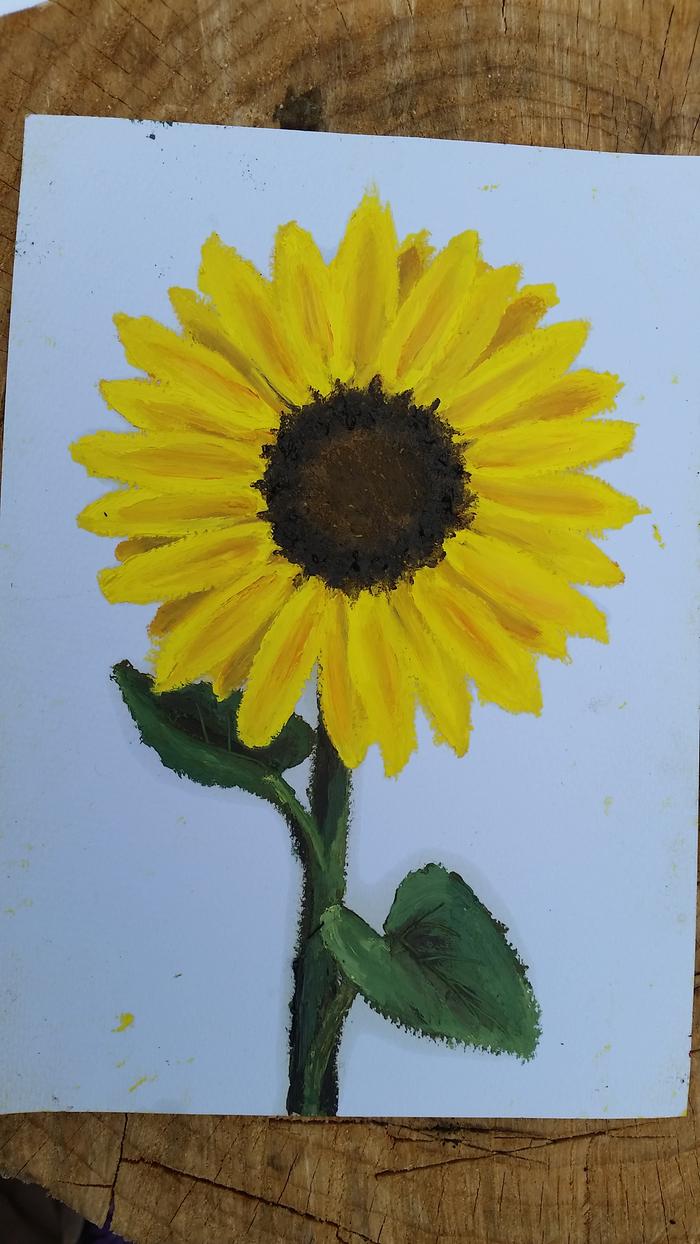

|
BWA HA HA HA HA HA HA! Tiny ad:
Round Pole Reciprocal Roof Framing with Tony Wrench
https://permies.com/w/157179/Pole-Reciprocal-Roof-Framing-Tony
|
